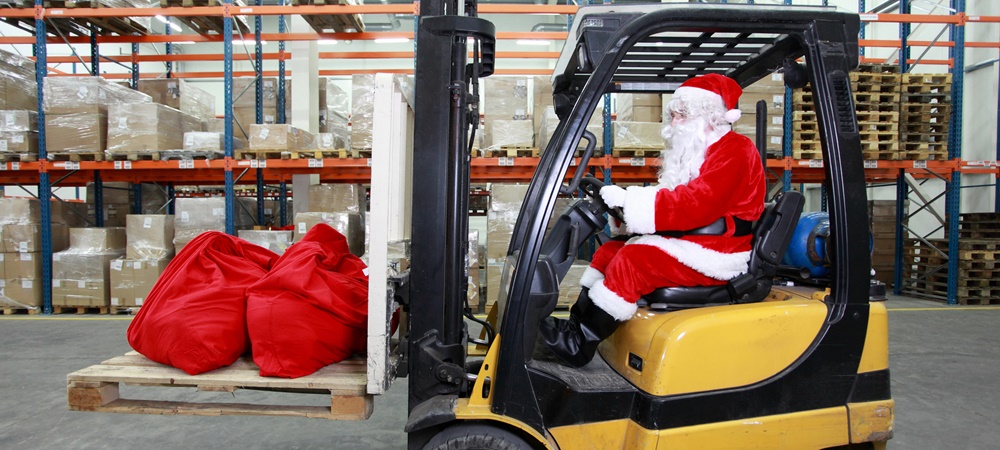With Christmas barely weeks away, retailers are already well in the midst of experiencing their busiest time of the year. Indeed, recent research has predicted that Australian shoppers will spend more than $48.1 billion in retail stores over the Christmas trading period from 15 November to 24 December.
Sellers and logistics companies are going through processes to ensure they have the right systems in place to manage their supply chain and the drastic influx of demand efficiently. In addition to ensuring sufficient stock at all times, delivery is now one of the key battlegrounds for omnichannel retail, and needs to be robust and consistent leading up to the holiday season.
Optimising and updating the supply chain to keep up with today’s demand is an IT and operations concern; however, there’s more at play. Omnichannel retailers tend to focus on enhancing their online performance, which is understandable given it’s where revenue growth lies. According to the ABS, in October online retail turnover in Australia represented just over $1 billion of a total of $25 billion of all retail sales.
According to consumers surveyed in Zebra’s Global Shopper Study, shoppers still value the immersive, sensory experience of traditional stores, citing the ability to browse and touch merchandise as the main reason they would opt for a bricks and mortar shopping experience over ecommerce when given the choice.
Survey respondents also said that the availability of various self-help technologies in the physical store, such as price checks, digital shelf labelling, and self-checkout terminals and kiosks would help make their shopping experience better.
Mobile engagement
While there has traditionally been fear of mobile and ecommerce retail taking away from physical stores, mobile engagement is at a point where businesses should utilise it as a way to drive interaction and encourage greater spending in-store. According to research from Google this year, 82 per cent of shoppers consult their phones while in a physical store on purchases they’re about to make before deciding to buy a product. Today’s indoor location technology is so advanced that it can take targeting to a new level of personalisation for customers and potential customers.
Retailers need to think beyond in-store and online as being separate channels, and start viewing them as a joint one-store experience. Updating the supply chain for in-store and online is an ‘everything’ project that touches all aspects of the business. A big part of this is improving data capture technologies, which will allow for greater visibility over product traceability and order accuracy.
Social media
The rise of social media also means retailers can be more targeted and personal by capturing data where possible. With the customer’s permission, they can use technology to present a clear, consistent and personalised experience across digital and physical touchpoints. In fact, the same Zebra study showed that 48 per cent of consumers are willing to share personal information if shops are able to personalise the shopping experience by sharing discounts, relevant products available and special deals.
In-store personalisation
As well as providing loyalty and discount offers online, retailers can also be more personal in-store. Using a mobile app, retailers can send customers offers and enhanced product information while they shop. With the rise of localisation technologies such as Bluetooth beacons and Wi-Fi, retailers can even target discounts or product information for items that they can see customers are looking at, at that very moment; ensuring a smoother experience from both the retailer and customer perspective.
Marketing to the connected shopper makes great business sense for both shoppers and retailers—research shows that smartphone users are likely to spend more money in-store over shoppers without a smartphone.
Wayne Harper is the senior technology director at Zebra Technologies.
Want the latest retail news delivered straight to your inbox? Click here to sign up to the retailbiz newsletter.

